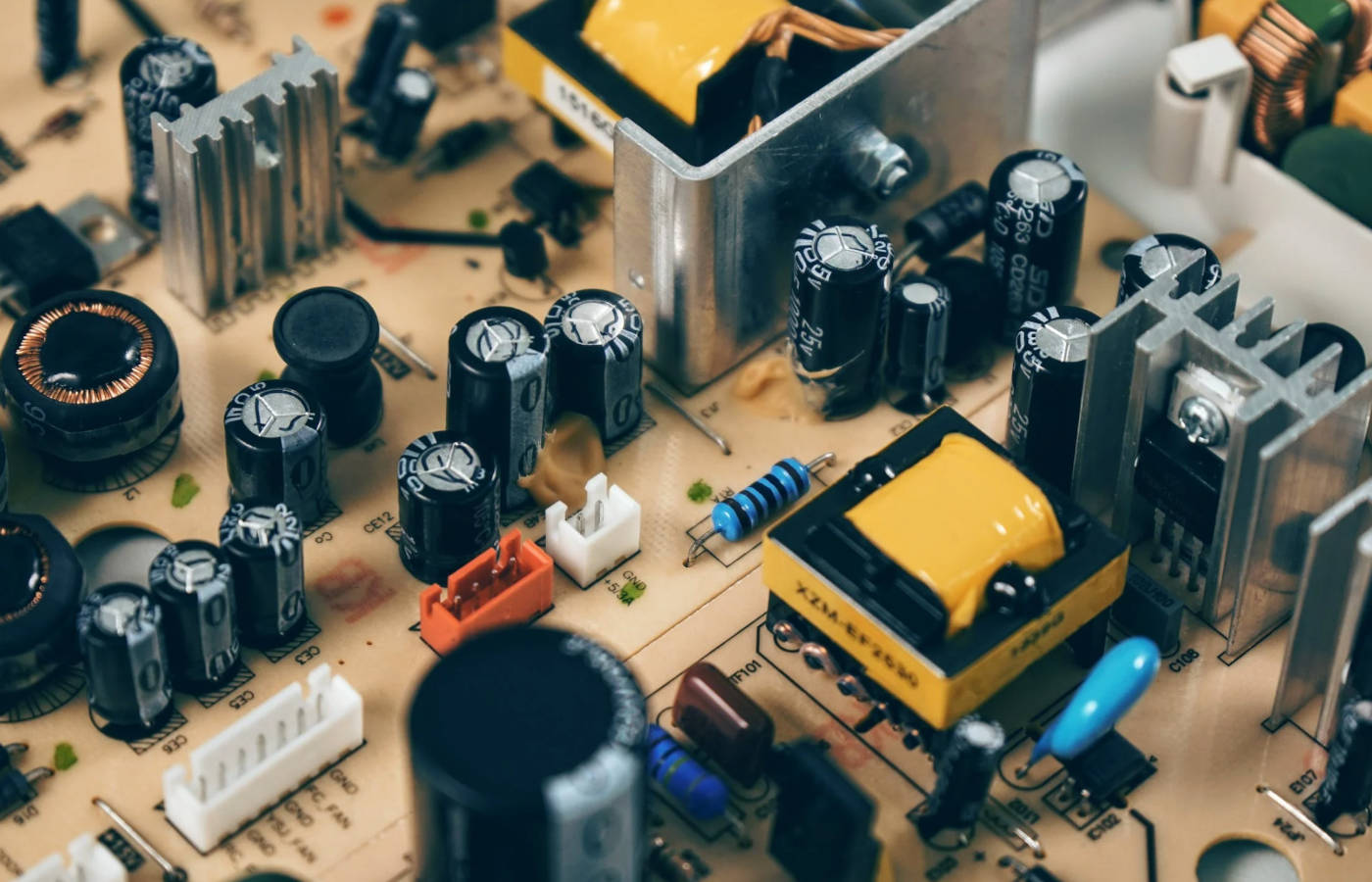There are three-phase, there are single-phase, there are synchronous, there are asynchronous. There are four varieties in total. Also, diesel and petrol (gasoline) generators. This section is more difficult for the correct perception of information. Features of three-phase generators will be highlighted separately.
The synchronous generator advantages
- Able to provide high starting current to start electric motors;
- When using an electronic voltage regulator, it provides high accuracy of the output voltage, regardless of the load. For a three-phase generator, this means a symmetrical and equal load on all three phases, which, as previously noted, is impossible in principle to implement in a private house;
- Rigid connection between the frequency of the generated voltage and the speed of rotation of the drive motor. In everyday life, this dignity is not important.
The synchronous generator disadvantages
- Complicated rotor design. In any case, the rotor has its own coils of wires that fit into special grooves. It has: either slip rings with reciprocal current-collecting brushes, or rotating diodes with varistors and noise-suppressing capacitors, or a full-fledged rotating transformer of the excitation system. In general, a fairly complex rotor. Accordingly, there is something to fail prematurely.
- As a rule, such a rotor heats up more during operation and requires additional cooling ventilation by its own impeller. Accordingly, power is taken from the drive motor of the electrical unit for this work and ventilation holes appear, where everything that crawls through the protective grille is sucked in.
- Short circuits in load circuits are contraindicated for a synchronous generator. This is the downside of being able to provide high starting current. Simply put, it provides such a high starting current that it can fail if short circuited.
- In the three-phase version, it has an unpleasant property, regardless of the type of output voltage regulation: to lower the voltage on the loaded phase, while simultaneously increasing the voltage on the underloaded phase. This phenomenon has received the term – “phase imbalance”. We will use this term frequently.
An asynchronous generator advantages
An asynchronous generator has exactly the opposite characteristics:
- Not able to provide high starting current to start electric motors. But if you use a special electronic module – a “starting amplifier”, then its capabilities for starting electric motors become comparable to a synchronous competitor.
- An electronic voltage regulator is not possible for it. Therefore, the greater the load, the lower the output voltage. But in a three-phase version, it is not sensitive to phase imbalance. The generator is capable of delivering up to 60% of the total power per phase without raising the voltage on unloaded phases. In other words: “a pony in an asynchronous harness will confidently drag a 400kg cart up the hill.”
- There is no rigid connection between the frequency of the generated voltage and the speed of rotation of the drive motor. The voltage frequency of the power generator always lags behind the rotational speed of the drive motor. The greater the load, the more it lags behind. For everyday life, this is even a plus: in fact, the engine will develop more power at higher speeds, and the generator will produce the required 50Hz.
- The rotor of an asynchronous generator in appearance resembles a metal blank on a spit. The rotor does not get hot. There is simply nothing to break. Accordingly, it is absolutely reliable in operation.
- Asynchronous generator is not afraid of short circuits in load circuits. The electricity at the output terminals of the generating set simply disappears. If the short circuit is eliminated, electricity appears again.
- Due to the fact that the rotor does not tend to heat up, these generators are made with the highest possible tightness. They are able to work in pouring rain.
- The generator has a much lower level of higher harmonics. If you have a recording studio at home, then this type of generator is for you.
Conclusion
No matter what the advantages or disadvantages are, the choice itself is determined by other criteria that are not related to these criteria. Often, the choice of generator is limited by the price, its technical parameters, such as fuel type, voltage, kilowatts, size, power and other levers that determine the customer’s choice. Everyone chooses the right generator that meets their needs and it doesn’t matter if it’s synchronous or asynchronous. Especially since there are two more types of generators, such as three-phase or single-phase generators.
Read more useful articles about generators on our blog.

There are no comments yet.